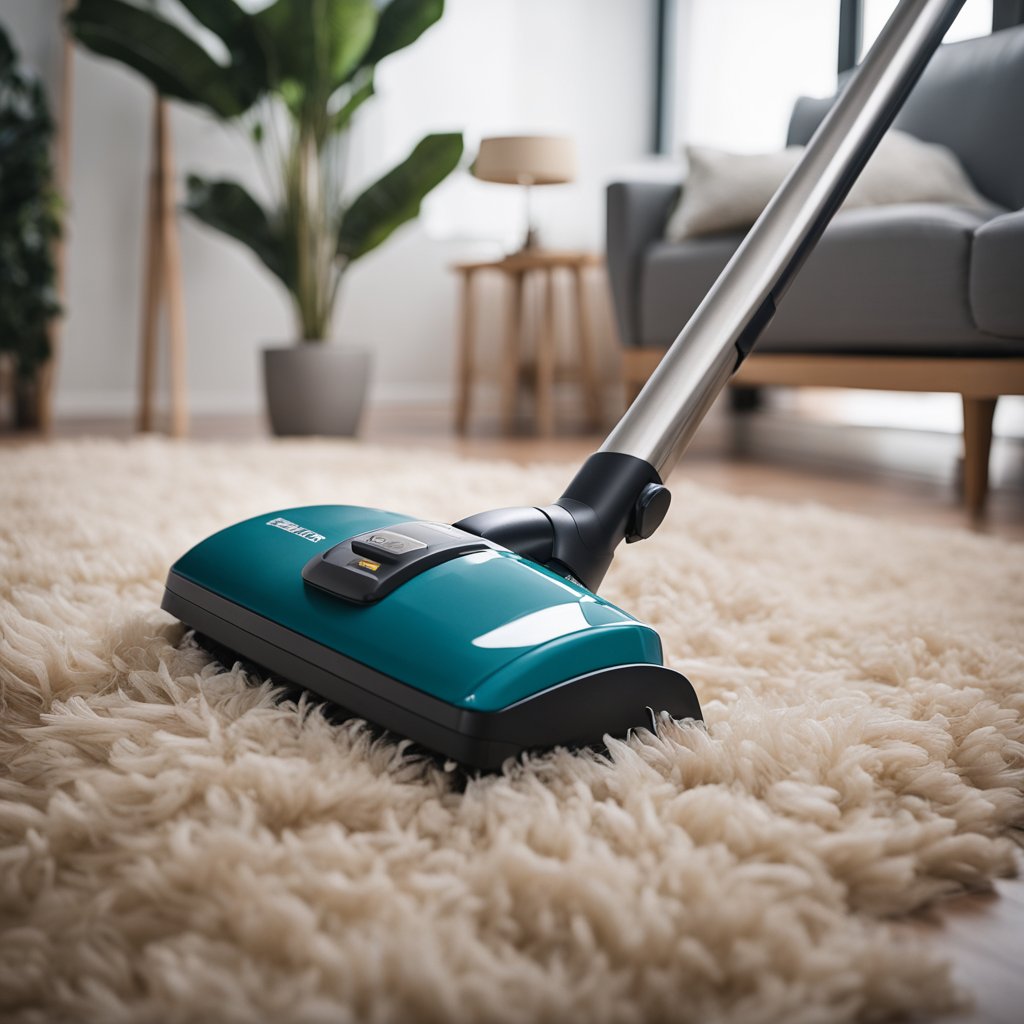5 Effective Ways to Control Shedding in Your Home: Expert Tips
Are you tired of constantly cleaning up pet hair from your floors, furniture, and clothes? Shedding is a natural process for dogs and cats, but it can be frustrating to deal with. Fortunately, there are several effective ways to control shedding in your home. In this article, we will explore five strategies that can help reduce shedding and keep your home cleaner.

Before we dive into the strategies, let’s first take a closer look at shedding in pets. Shedding is a normal process that occurs when old or damaged hair falls out and is replaced with new hair. Some breeds shed more than others, and shedding can be influenced by factors such as age, health, nutrition, and environment. While shedding is a natural process, excessive shedding can be a sign of an underlying health issue, so it’s important to consult with your veterinarian if you have concerns.
Now that we understand shedding in pets, let’s explore five effective strategies to control shedding in your home. By implementing these strategies, you can help minimize shedding and keep your home cleaner and more comfortable for you and your furry friend.
Understanding Shedding in Pets

If you’re a pet owner, you’re no stranger to pet hair. Pet hair can be found everywhere in your home, from your clothes to your furniture. Shedding is a natural process that helps pets get rid of old or damaged hair and replace it with new hair. However, excessive shedding can be a sign of an underlying health problem or a lack of proper grooming. In this section, we’ll explore the types of pet hair and reasons for excessive shedding.
Types of Pet Hair
There are two types of pet hair: primary and secondary. Primary hairs, also known as guard hairs, are the long, stiff hairs that provide protection and insulation for your pet’s skin. Secondary hairs, also known as undercoat hairs, are the short, soft hairs that provide additional insulation. Dogs and cats have both types of hair, but the amount and texture of each type can vary by breed.
Reasons for Excessive Shedding
Excessive shedding can be caused by a variety of factors, including genetics, diet, stress, and health problems. Some breeds are more prone to shedding than others, such as the Siberian Husky or the Persian cat. Poor nutrition can also lead to excessive shedding, as can stress or anxiety. Health problems such as allergies, parasites, or hormonal imbalances can also cause excessive shedding.
To control shedding in your home, it’s important to understand the type of hair your pet has and the reasons for excessive shedding. By addressing the underlying cause of shedding, you can help reduce the amount of pet hair in your home and keep your pet healthy and happy.
Strategies to Reduce Shedding
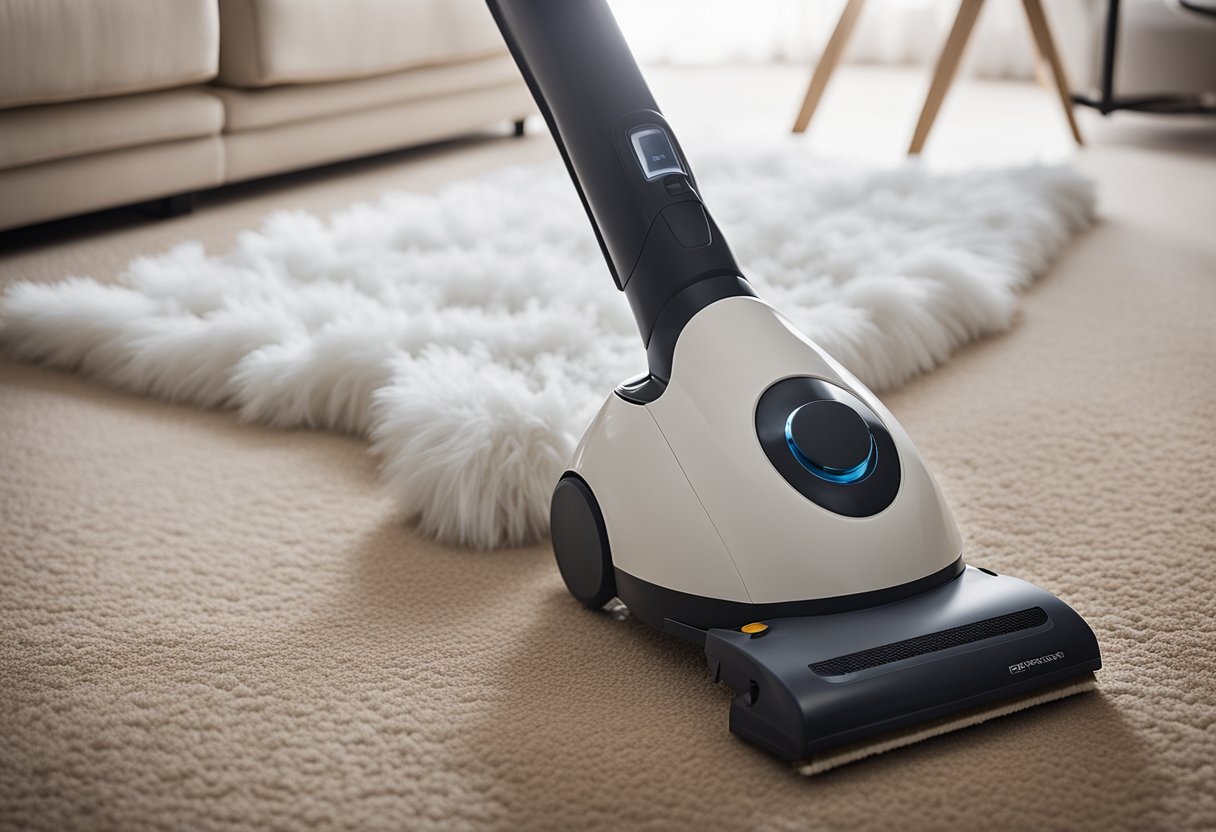
If you’re tired of constantly cleaning up your dog’s hair from the floor, furniture, and clothes, there are several strategies you can implement to reduce shedding. Here are some effective ways to control shedding in your home:
Regular Grooming
Regular grooming is one of the most important ways to control shedding in dogs. Brushing your dog’s coat regularly helps to remove loose hair and prevent matting. Use a high-quality brush that is designed for your dog’s coat type. For example, a slicker brush is great for long-haired dogs, while a rubber curry brush is ideal for short-haired breeds.
Proper Nutrition
Proper nutrition is essential for maintaining a healthy coat and reducing shedding. Make sure your dog is eating a balanced diet that is rich in protein and essential fatty acids. Consult with your veterinarian to determine the best diet for your dog’s specific needs.
Maintaining a Clean Environment
Keeping your home clean is another effective way to control shedding. Vacuum your floors and furniture regularly to remove loose hair. Use a lint roller or pet hair remover to clean clothes and other surfaces. Wash your dog’s bedding and toys regularly to prevent the buildup of hair and dander.
Choosing the Right Tools
Using the right tools can make a big difference in controlling shedding. In addition to a high-quality brush, consider using a deshedding tool or grooming glove to remove loose hair. These tools are designed to reach deep into your dog’s coat and remove hair from the undercoat.
Professional Grooming Services
If you’re struggling to control shedding on your own, consider taking your dog to a professional groomer. A groomer can provide a deep clean and trim your dog’s coat to reduce shedding. They can also offer advice on the best grooming tools and techniques for your dog’s specific needs.
By implementing these strategies, you can reduce shedding in your home and keep your dog’s coat healthy and shiny.
Resources
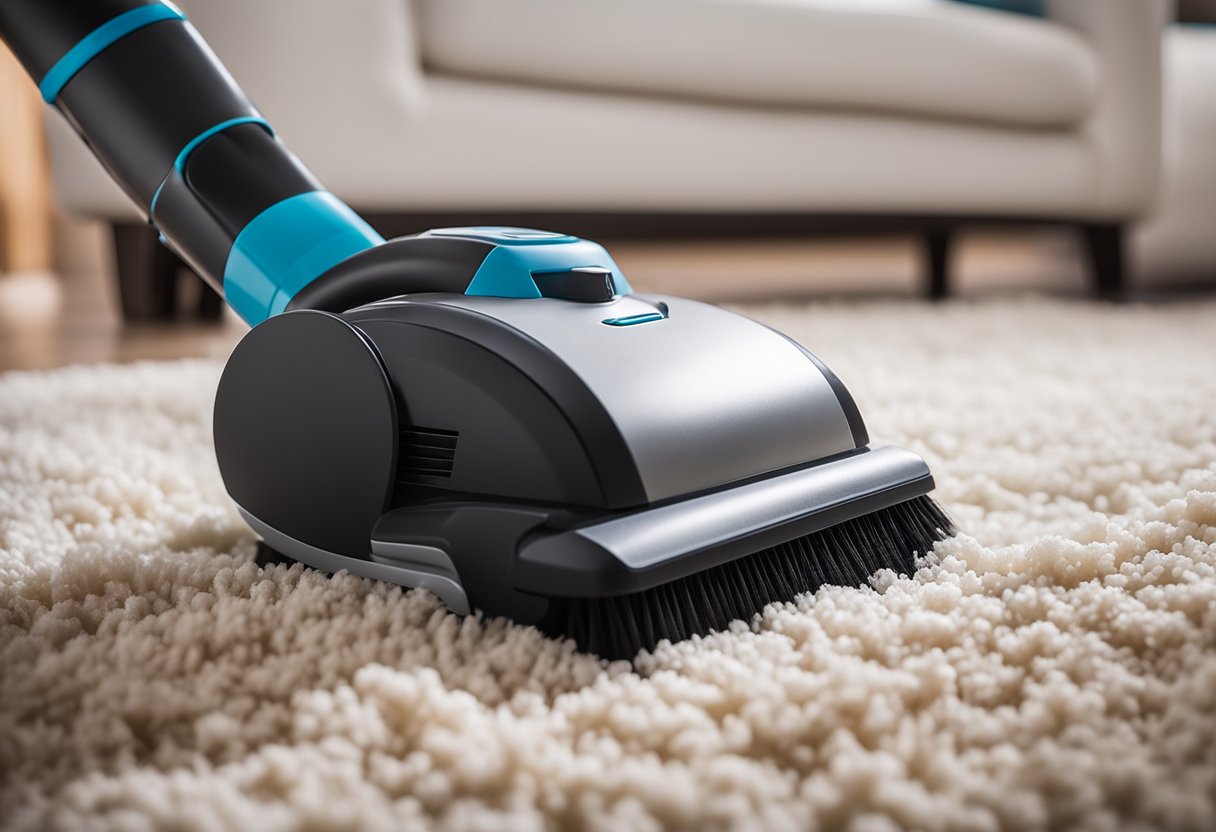
Controlling shedding in your home can be a challenge, but with the right resources, you can make it easier. Here are a few resources that can help you manage shedding in your home:
1. Grooming Tools
The right grooming tools can make all the difference when it comes to controlling shedding in your home. A good brush or comb can help remove loose hair before it falls off around your home. Use the appropriate brush for your pet’s coat type, as some brushes are designed to be more effective on longer hair. Additionally, bathing your pet once a month can help reduce shedding and keep their coat clean.
2. Diet
Your pet’s diet can also have an impact on shedding. Feeding them a high-quality diet that is rich in protein and omega-3 fatty acids can help keep their coat healthy and reduce shedding. Consult with your veterinarian to determine the best diet for your pet.
3. Supplements
Supplements such as omega-3 fatty acids and biotin can also help reduce shedding. These supplements can help improve the health of your pet’s skin and coat, which can lead to less shedding. Consult with your veterinarian before giving your pet any supplements.
4. Cleaning Tools
Investing in the right cleaning tools can make it easier to manage shedding in your home. A good vacuum cleaner with a pet hair attachment can help remove loose hair from carpets and upholstery. Additionally, lint rollers and sticky tape can help remove hair from clothing and other surfaces.
5. Professional Grooming Services
If you’re struggling to manage shedding on your own, consider taking your pet to a professional groomer. A groomer can help remove excess hair and keep your pet’s coat healthy and shiny. Look for a reputable groomer in your area, and be sure to ask for references and check online reviews before booking an appointment.
By utilizing these resources, you can effectively manage shedding in your home and keep your pet’s coat healthy and shiny.
Conclusion
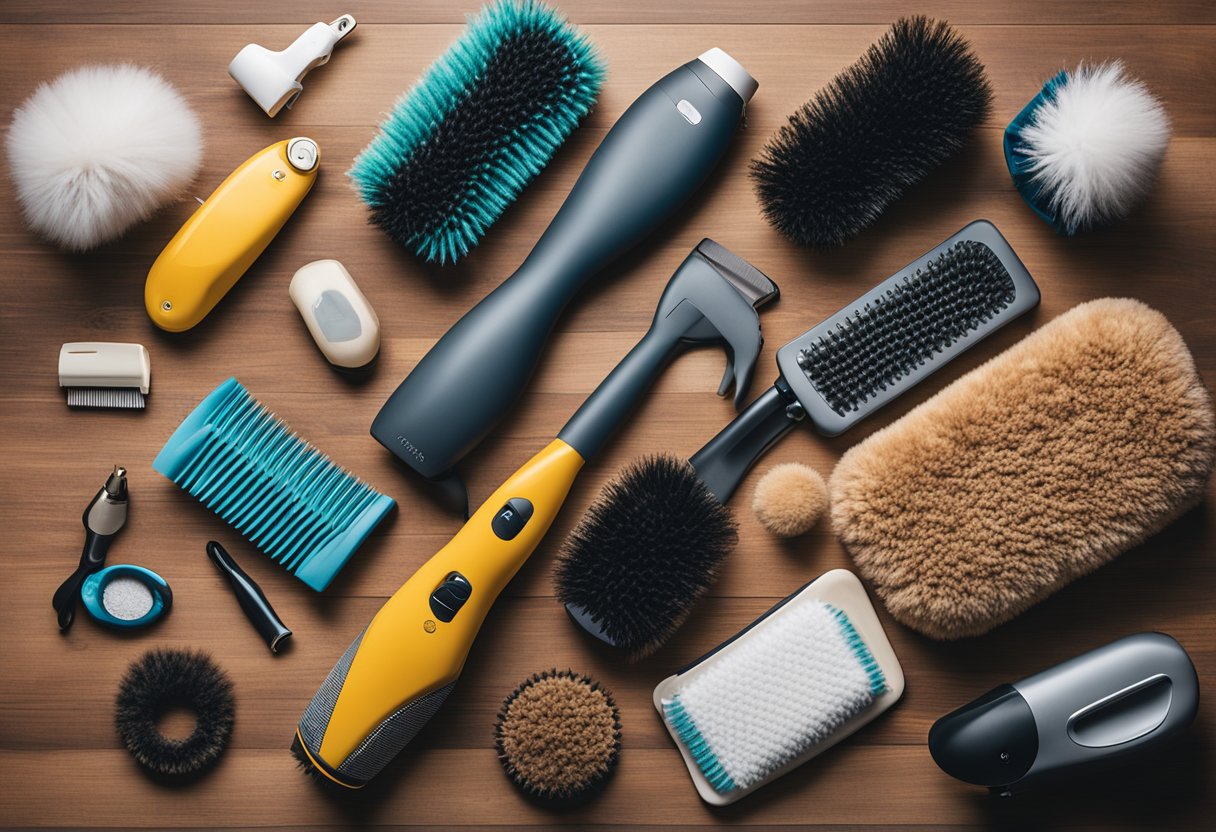
By following the tips outlined in this article, you can effectively manage shedding in your home and maintain a clean living space. Remember to brush your pet regularly with the appropriate brush for their coat type, and bathe them once a month to reduce shedding and keep their coat clean. Additionally, consider incorporating a healthy diet for your pet, as it can improve their coat health and reduce shedding.
Investing in a high-quality vacuum cleaner with a HEPA filter can also help to keep your home clean and free of pet hair. Regularly washing your pet’s bedding and vacuuming carpets and upholstery can also help to minimize the amount of hair in your home.
Finally, consider seeking the advice of a professional groomer or veterinarian if your pet’s shedding seems excessive or is accompanied by other symptoms such as itching or skin irritation. With consistent effort and the right tools, you can effectively manage shedding in your home and enjoy a clean and comfortable living space.
Frequently Asked Questions
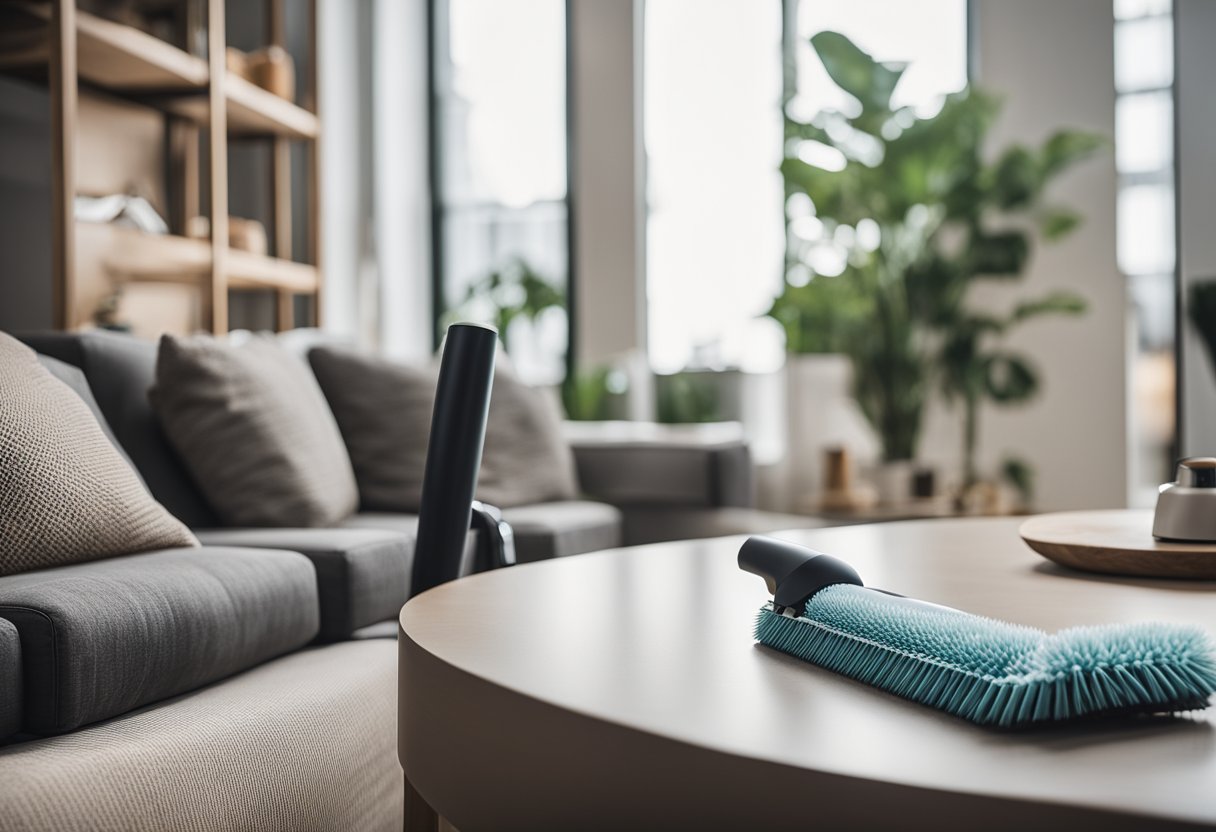
How can I reduce pet hair in my home effectively?
To reduce pet hair in your home effectively, you can take several measures. First, you should groom your pet regularly. Brushing your pet’s coat will help to remove loose hair before it falls on your furniture and floors. You can also use a lint roller or vacuum cleaner to remove pet hair from your furniture, carpets, and floors. Additionally, you can minimize the amount of pet hair in your home by washing your pet’s bedding regularly and keeping your home clean.
What are natural methods to minimize shedding indoors?
There are several natural methods you can use to minimize shedding indoors. One of the most effective methods is to provide your pet with a healthy diet. Feeding your pet a diet that is rich in nutrients will help to keep their skin and coat healthy, which can reduce shedding. You can also use natural supplements like fish oil, which is known to reduce shedding. Additionally, you can use natural remedies like apple cider vinegar and coconut oil to help keep your pet’s coat healthy and reduce shedding.
How can I control my cat’s shedding in the house?
Controlling your cat’s shedding in the house can be challenging, but there are several things you can do. First, you should groom your cat regularly. Brushing your cat’s coat will help to remove loose hair before it falls on your furniture and floors. You can also use a lint roller or vacuum cleaner to remove cat hair from your furniture, carpets, and floors. Additionally, you can minimize the amount of cat hair in your home by washing your cat’s bedding regularly and keeping your home clean.
What home remedies help stop excessive dog shedding?
There are several home remedies that can help to stop excessive dog shedding. One of the most effective remedies is to provide your dog with a healthy diet. Feeding your dog a diet that is rich in nutrients will help to keep their skin and coat healthy, which can reduce shedding. You can also use natural remedies like apple cider vinegar and coconut oil to help keep your dog’s coat healthy and reduce shedding. Additionally, you can use supplements like fish oil, which is known to reduce shedding.
Does regular brushing help to reduce pet shedding?
Yes, regular brushing can help to reduce pet shedding. Brushing your pet’s coat will help to remove loose hair before it falls on your furniture and floors. You should brush your pet at least once a week, or more frequently if they have a long coat. Additionally, you should use a brush that is designed for your pet’s coat type to ensure that you are removing as much loose hair as possible.
What steps should I take during my dog’s shedding season?
During your dog’s shedding season, you should take several steps to minimize shedding in your home. First, you should groom your dog regularly. Brushing your dog’s coat will help to remove loose hair before it falls on your furniture and floors. You can also use a lint roller or vacuum cleaner to remove dog hair from your furniture, carpets, and floors. Additionally, you should provide your dog with a healthy diet and use natural remedies like apple cider vinegar and coconut oil to help keep their coat healthy and reduce shedding. Finally, you should wash your dog’s bedding regularly and keep your home clean to minimize the amount of hair in your home.
